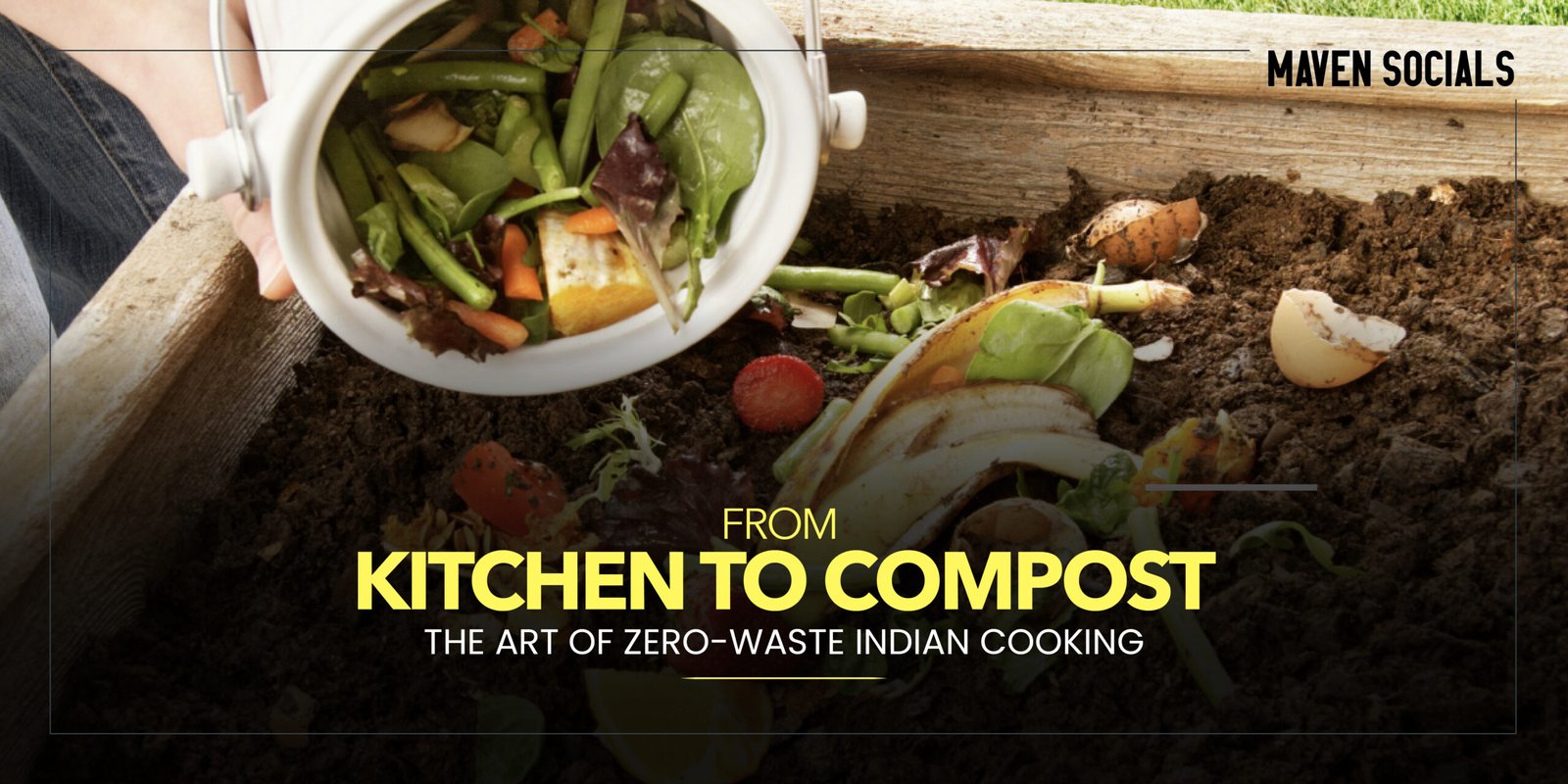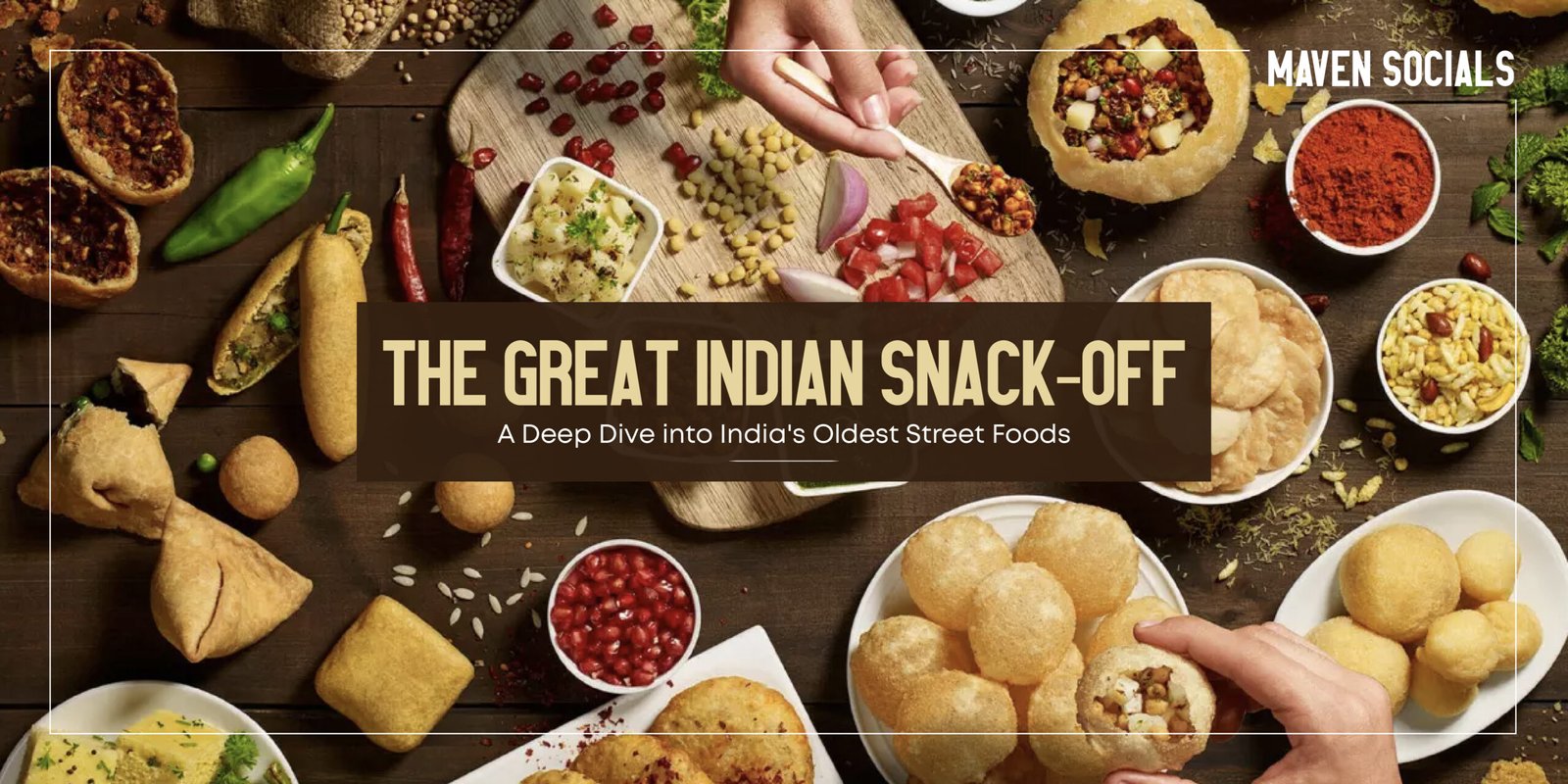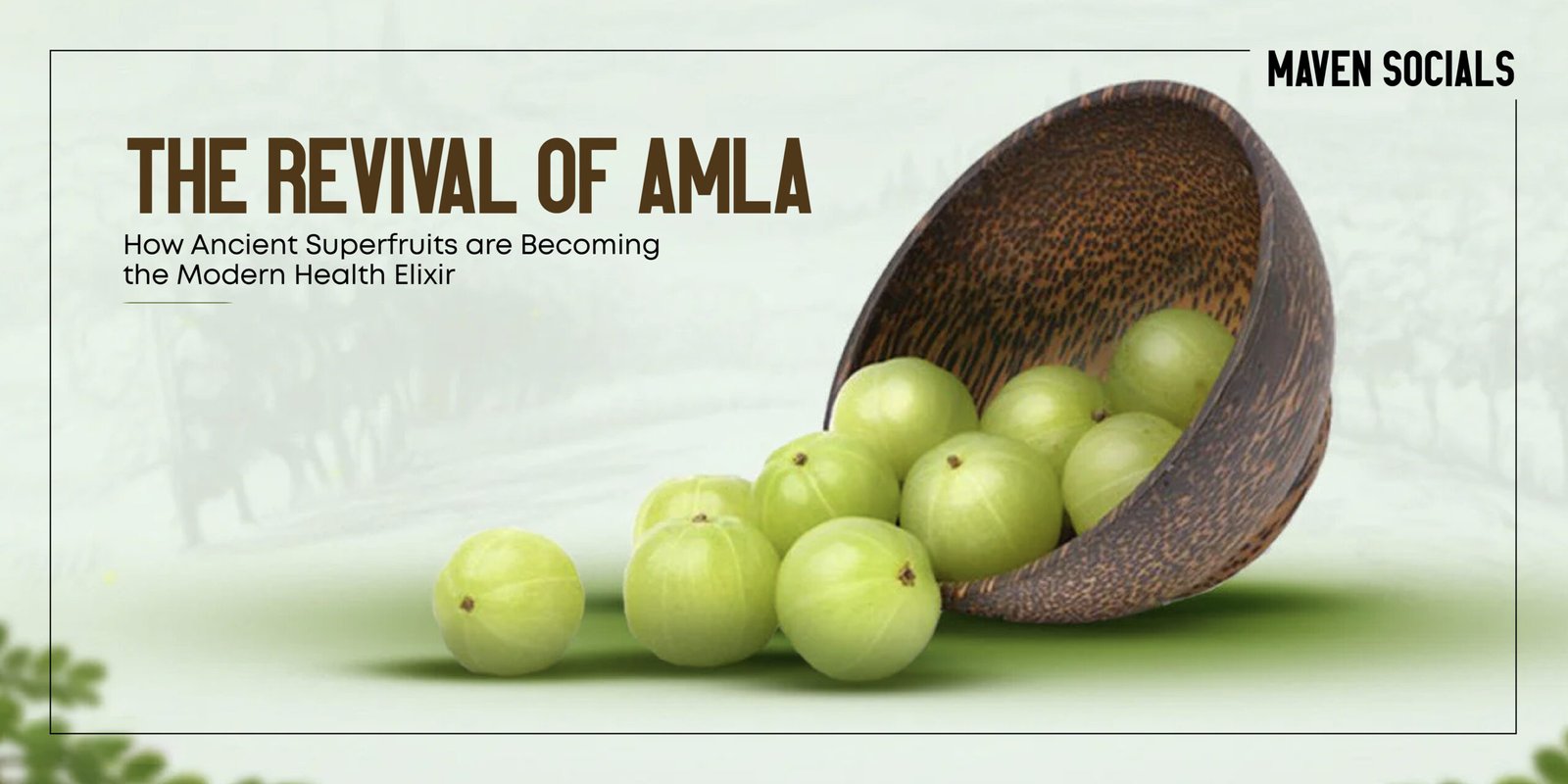In today’s world of environmental consciousness, the kitchen has emerged as a powerful battlefield against waste. With food waste contributing nearly 40% of total household waste in India, transforming our cooking habits isn’t just an environmental imperative—it’s a cultural revolution waiting to happen. Zero-waste cooking represents more than just a trend; it’s a return to the resourceful wisdom of our ancestors who understood that every part of nature has value.
The beauty of zero-waste Indian cooking lies in its alignment with traditional values of respect for food and minimal waste. Our grandmothers instinctively knew how to extract maximum nutrition and flavor from every ingredient, leaving virtually nothing behind. Today, we’re rediscovering these sustainable living practices through a modern lens, creating an eco-friendly kitchen that honors both tradition and environmental responsibility.
Understanding Root-to-Tip Cooking: A Revolutionary Approach
Root-to-tip cooking represents the philosophy of utilizing every edible part of an ingredient, from the obvious portions to the often-discarded stems, leaves, and peels. This resourceful cooking method isn’t just about reducing food waste—it’s about discovering hidden flavors and nutrients that we’ve been throwing away.
Consider the humble beetroot: while most people discard the vibrant green leaves, these contain more iron and vitamin C than the root itself. The stalks can be chopped and added to dal for extra nutrition and texture. Similarly, broccoli stalks, often tossed aside, can be julienned and stir-fried to create a crunchy, flavorful side dish that rivals the florets in taste and nutritional value.
Cauliflower leaves, typically discarded without a second thought, make an excellent substitute for spinach in traditional recipes. They can be used to prepare a delicious saag, stuffed into parathas, or added to sambhar for extra nutrition. The key is reimagining these “waste” products as valuable ingredients waiting to be transformed.
Radish leaves offer another perfect example of this philosophy. These peppery greens can be transformed into a spicy chutney, added to mixed vegetable sabzi, or used to create flavorful radish leaf paratha. The stems can be finely chopped and added to pickle preparations, providing extra crunch and nutrients.
Creative Kitchen Scrap Recipes That Transform Waste into Wonder
Coriander Stem Chutney
Those tender coriander stems you usually discard can create one of the most flavorful chutneys in Indian cuisine. Blend the stems with green chilies, ginger, garlic, and a splash of lemon juice to create a vibrant, aromatic condiment that’s actually more intense in flavor than traditional coriander leaf chutney.
Vegetable Peel Stock
Transform onion skins, carrot peels, ginger scraps, and herb stems into a rich, flavorful vegetable stock. Simply simmer these scraps for 45 minutes with whole spices like bay leaves and peppercorns. This golden liquid becomes the base for rasam, sambhar, or any curry that needs depth of flavor. Strain and store in the refrigerator for up to a week or freeze in ice cube trays for convenient portioning.
Mango Peel Pickle
Don’t discard those mango peels during summer season. Clean them thoroughly and create a tangy pickle by mixing with salt, turmeric, red chili powder, and mustard oil. This traditional preparation, known in some regions as “aam ke chilke ka achaar,” adds a unique flavor dimension to your meal while ensuring zero waste.
Watermelon Rind Curry
The white portion of watermelon rind makes an excellent vegetable substitute in curries. Peel away the green skin, dice the white rind, and prepare it like you would bottle gourd—with onions, tomatoes, and spices. The result is a mild, refreshing curry that’s perfect for summer meals.
Mastering Food Storage for Maximum Freshness
Proper food storage techniques can extend ingredient life by days or even weeks, dramatically reducing kitchen waste while saving money. Understanding how different ingredients behave in various storage conditions is crucial for zero-waste cooking success.
Fresh herbs like coriander and mint should be treated like flowers—trim their stems and place them in water, covering the leaves with a plastic bag before refrigerating. This method can keep herbs fresh for up to two weeks instead of the usual three to four days.
Potatoes, onions, and garlic require different storage approaches despite being kitchen staples:
- Potatoes need cool, dark, well-ventilated spaces but should never be refrigerated as cold temperatures convert starches to sugars
- Onions prefer similar conditions but must be kept separate from potatoes, as they release gases that cause mutual spoilage
- Garlic should be stored in a cool, dry place with good air circulation
Leafy vegetables benefit from being wrapped in paper towels before storing in perforated plastic bags. The paper absorbs excess moisture while the perforations allow proper air circulation, preventing the soggy decay that typically occurs in sealed containers.
Understanding the ethylene gas production of various fruits revolutionizes storage strategies. Bananas, apples, and tomatoes are high producers and should be stored away from ethylene-sensitive items like leafy greens, broccoli, and herbs to prevent premature ripening and decay.
Home Composting: Closing the Nutrient Loop
Creating a composting system at home completes the zero-waste cooking cycle by transforming unavoidable scraps into nutrient-rich soil amendment. Even apartment dwellers can participate through compact composting solutions like bokashi bins or worm composting systems.
Traditional composting requires a balance of “brown” materials (dry leaves, paper) and “green” materials (vegetable scraps, fresh grass clippings). Kitchen scraps like fruit peels, vegetable trimmings, coffee grounds, and eggshells provide excellent green material for healthy compost development.
For urban dwellers, vermicomposting offers an odorless, space-efficient solution. Red worms efficiently process kitchen scraps, producing both liquid fertilizer and rich compost. A small vermicompost bin can handle daily kitchen scraps from a family of four while producing valuable fertilizer for balcony gardens or houseplants.
Bokashi composting uses beneficial microorganisms to ferment kitchen scraps, including items traditionally excluded from composting like meat scraps and dairy products. This Japanese technique produces nutrient-rich soil amendment while handling virtually all kitchen waste.
Financial and Environmental Benefits: The Double Win
Zero-waste cooking delivers significant financial benefits alongside environmental advantages. The average Indian household can reduce grocery expenses by 15-20% simply by utilizing ingredients more completely and storing food properly to prevent spoilage.
Consider the economic impact of properly storing a bunch of coriander: instead of buying fresh herbs twice weekly, proper storage extends usability to 10-14 days, immediately halving herb expenses. Multiplied across all perishable ingredients, these savings accumulate substantially over time.
Environmental benefits extend beyond reduced household waste. Food waste generates methane in landfills, contributing significantly to greenhouse gas emissions. By reducing food waste, zero-waste cooking directly impacts climate change mitigation while conserving the water, energy, and resources invested in food production.
Every kilogram of food waste prevented saves approximately 3.3 kilograms of CO2 equivalent emissions when considering the entire food production chain. For a family generating average food waste, adopting zero-waste practices can reduce annual carbon footprint equivalent to taking a car off the road for several weeks.
Kitchen Hacks for the Conscious Consumer
Successful zero-waste cooking relies on developing efficient systems and habits that make resourceful cooking natural and convenient. Here are essential kitchen hacks:
- Designate specific containers for vegetable scraps destined for stock-making to prevent accidental disposal while maintaining kitchen organization
- Create a weekly meal planning routine that considers ingredient overlap to reduce waste while streamlining shopping and preparation
- When planning dishes using cauliflower, simultaneously plan recipes for the leaves and stems to ensure complete utilization
- Freeze excess herbs in oil in ice cube trays, creating convenient flavor bombs for future cooking
- Freeze overripe fruits for smoothies or cooking applications, preventing waste while maintaining nutritional value
- Develop ingredient substitution knowledge within traditional recipes to use available ingredients rather than purchasing specific items that might go unused
Understanding ingredient substitutions within traditional recipes allows for creative utilization of available ingredients rather than purchasing specific items that might go unused. Developing this flexibility transforms cooking from a rigid process into a creative, waste-reducing art form.
Zero-waste Indian cooking represents more than environmental consciousness—it’s a celebration of resourcefulness, creativity, and respect for the natural world. By embracing these practices, we honor traditional wisdom while creating a sustainable future, one meal at a time. The journey from kitchen to compost becomes a cycle of abundance rather than waste, proving that conscious cooking benefits both our homes and our planet.
Frequently Asked Questions (FAQs)
1. What is zero-waste cooking and how can I start practicing it in my kitchen?
Zero-waste cooking is a sustainable living practice that involves utilizing every edible part of ingredients, minimizing food waste, and properly storing food to prevent spoilage. To start, practice root-to-tip cooking by using vegetable stems, leaves, and peels in recipes. Create a composting system for unavoidable scraps, improve your food storage techniques, and save vegetable scraps for making homemade stock. Begin with small changes like using coriander stems for chutney or storing herbs properly to extend their life from 3-4 days to 2 weeks.
2. What are the best composting methods for apartment living?
For apartment dwellers, vermicomposting and bokashi composting are ideal eco-friendly kitchen solutions. Vermicomposting uses red worms to process kitchen scraps in an odorless, space-efficient bin, producing liquid fertilizer and rich compost perfect for balcony gardens. Bokashi composting ferments kitchen waste using beneficial microorganisms and can handle items traditional composting cannot, including meat scraps and dairy products. Both methods are compact, odorless when managed properly, and can handle daily kitchen scraps from a family of four.
3. How can proper food storage help reduce food waste and save money?
Proper food storage techniques can extend ingredient life by days or weeks, dramatically reducing food waste while cutting grocery expenses by 15-20%. Store fresh herbs like flowers with trimmed stems in water covered with plastic bags to keep them fresh for up to two weeks. Keep potatoes in cool, dark places separate from onions to prevent spoilage. Wrap leafy vegetables in paper towels before storing in perforated bags. Understanding ethylene gas production helps separate high producers (bananas, apples) from sensitive items (leafy greens, herbs) to prevent premature decay.
4. What are some easy zero-waste recipes using kitchen scraps?
Transform kitchen scraps into delicious dishes with these zero-waste cooking recipes: make coriander stem chutney by blending stems with green chilies, ginger, and lemon; create vegetable peel stock from onion skins, carrot peels, and herb stems simmered with whole spices; prepare mango peel pickle with salt, turmeric, and mustard oil; cook watermelon rind curry like bottle gourd with onions and spices. Use beetroot leaves in dal, cauliflower leaves as spinach substitute, and radish leaves for chutney or parathas.
5. What are the environmental and financial benefits of zero-waste cooking?
Zero-waste cooking offers significant dual benefits. Financially, households can reduce waste and save 15-20% on grocery expenses by utilizing ingredients completely and preventing spoilage through proper storage. Environmentally, every kilogram of food waste prevented saves approximately 3.3 kg of CO2 equivalent emissions by reducing methane generation in landfills and conserving resources used in food production. For an average family, adopting these sustainable living practices reduces annual carbon footprint equivalent to taking a car off the road for several weeks while supporting green living goals.













